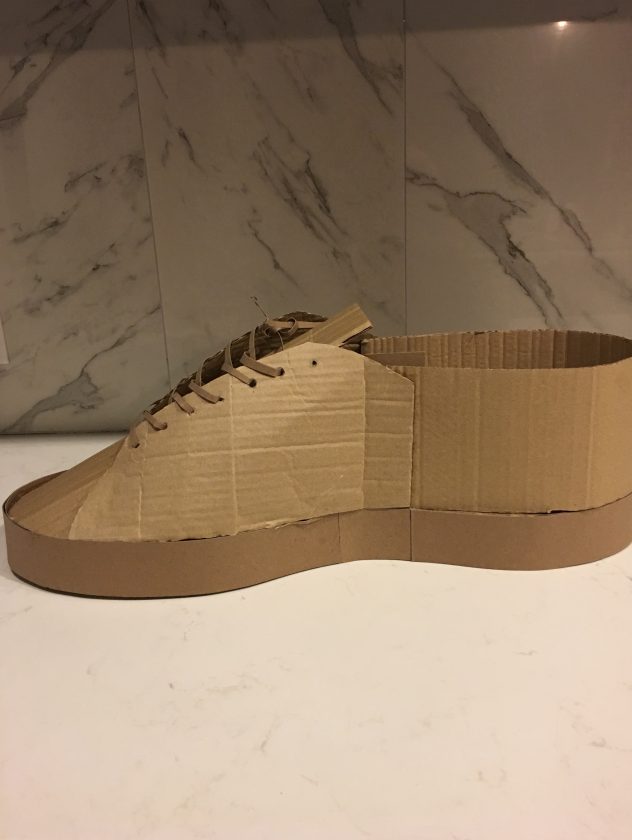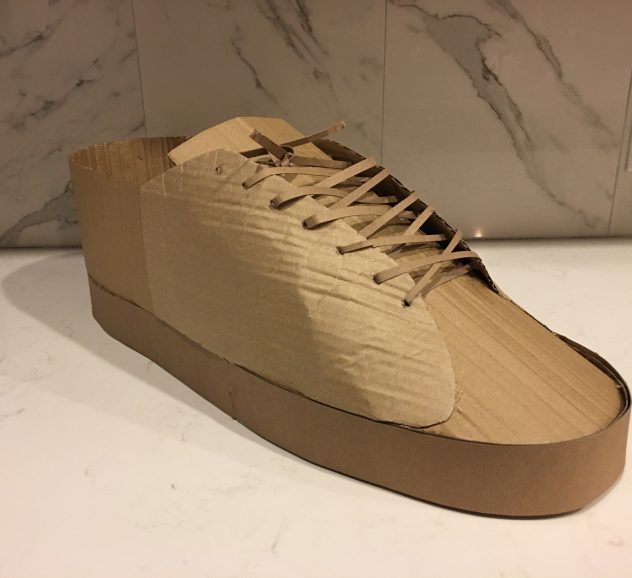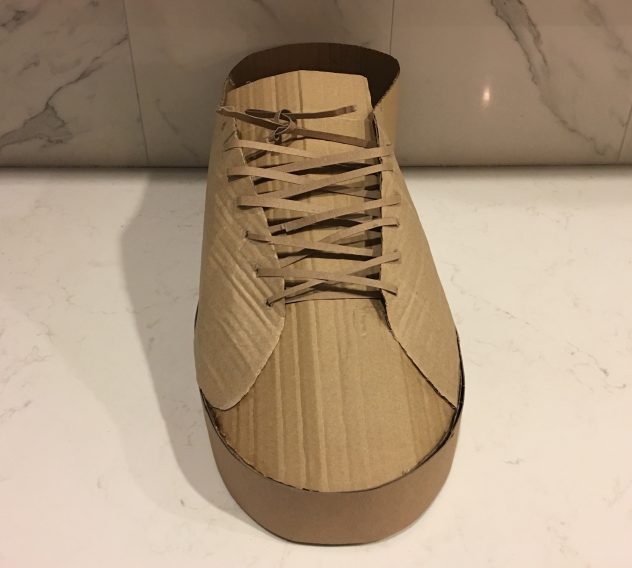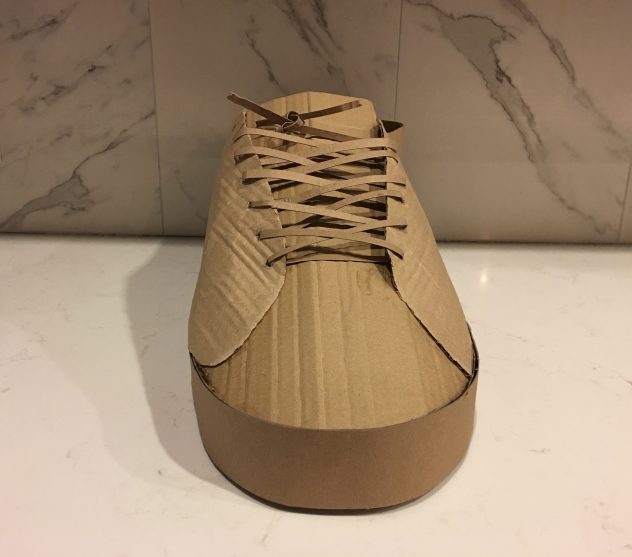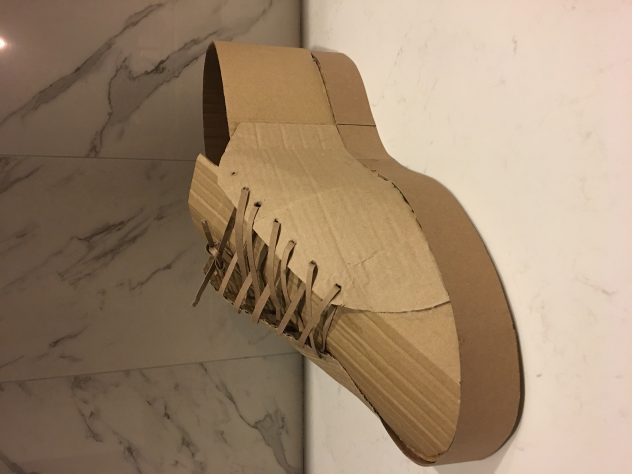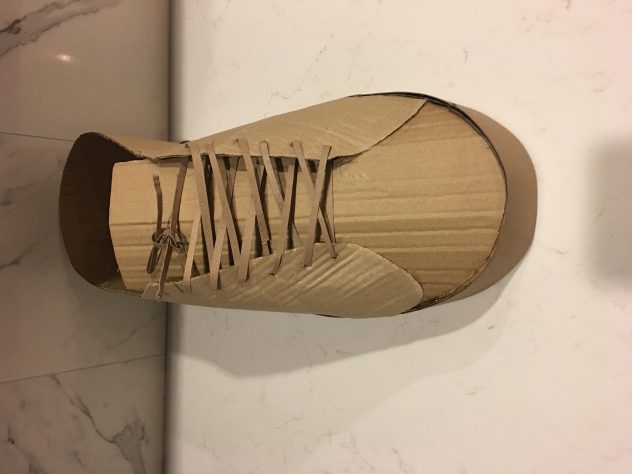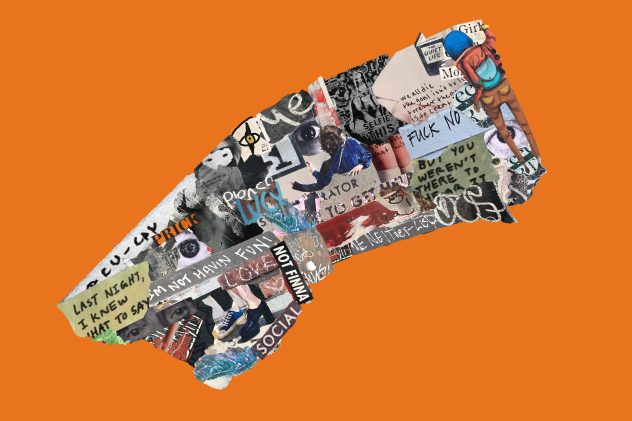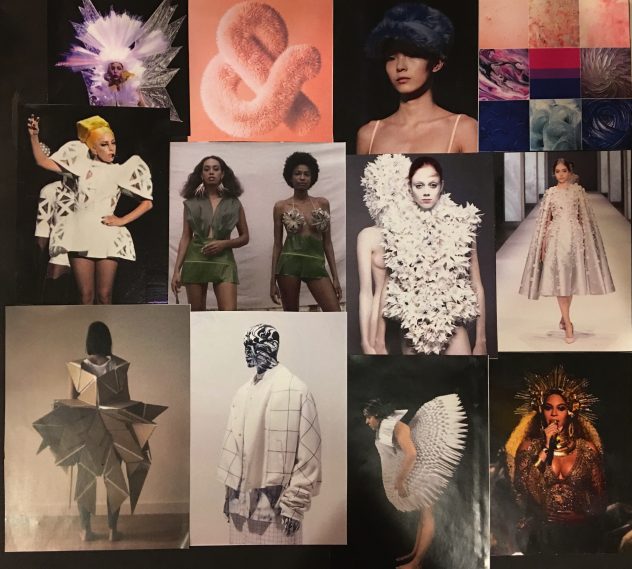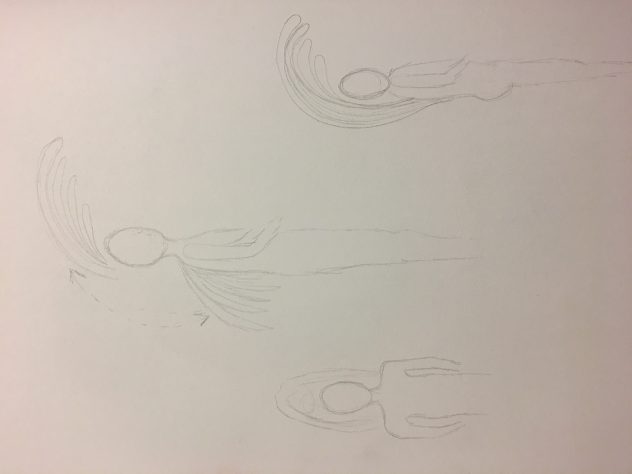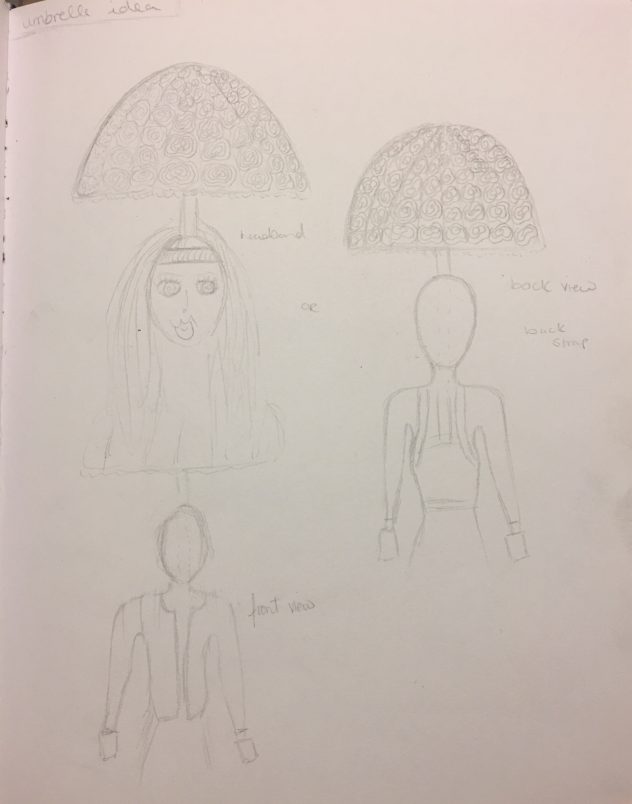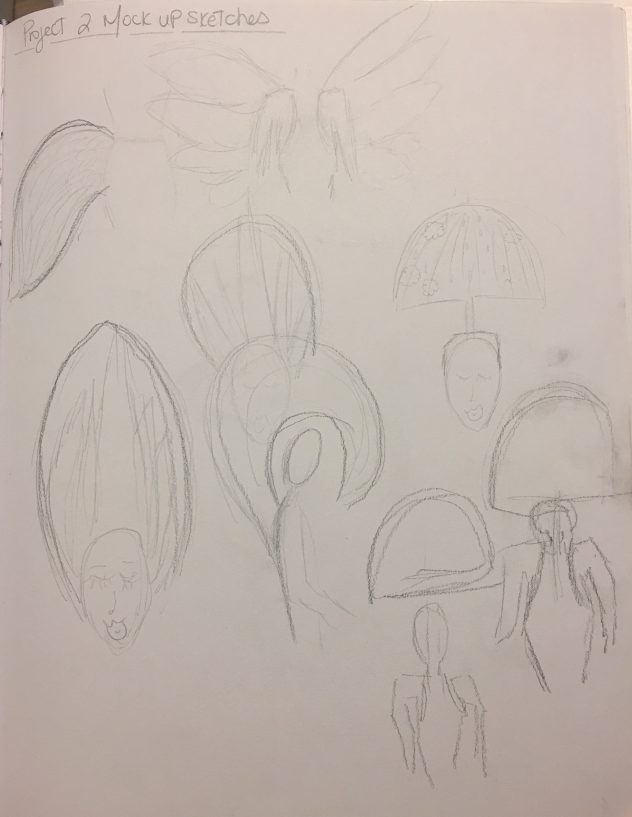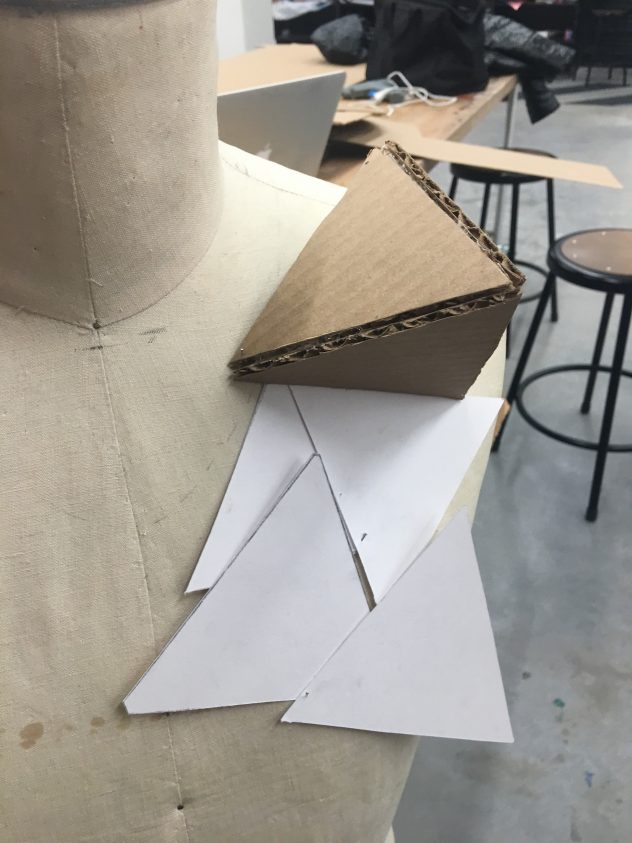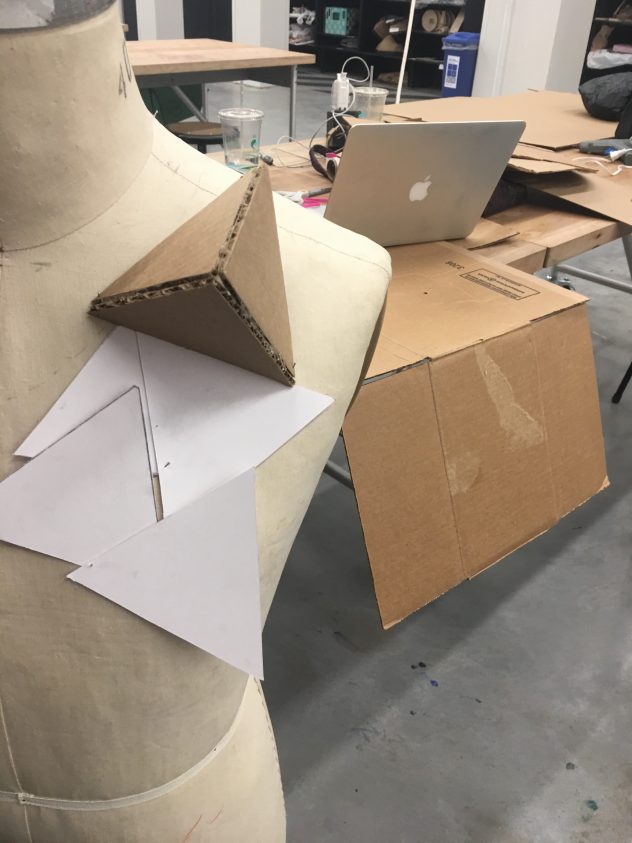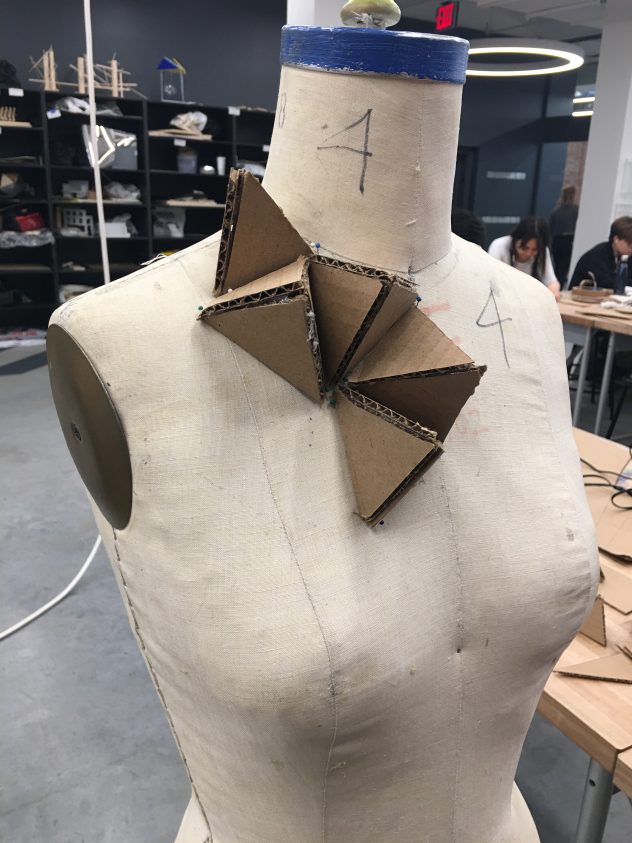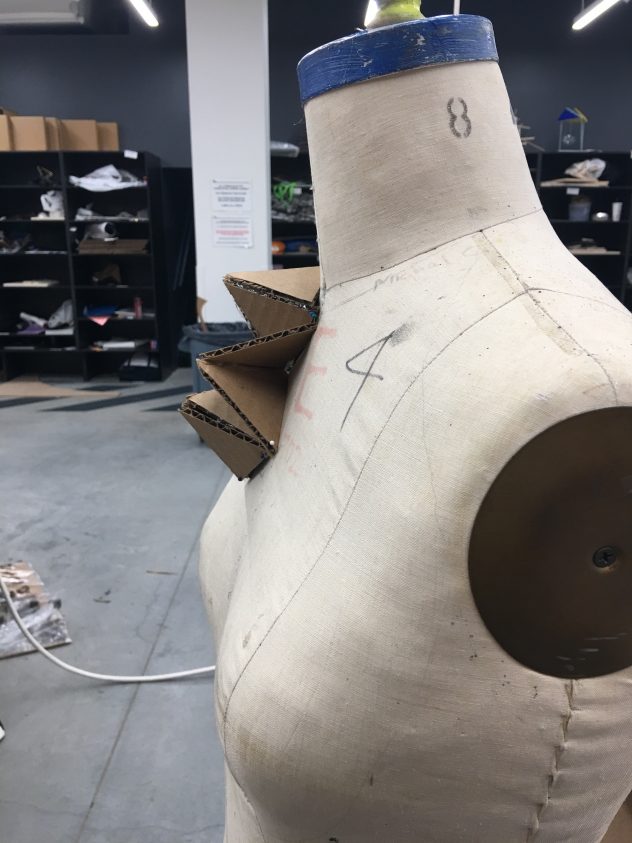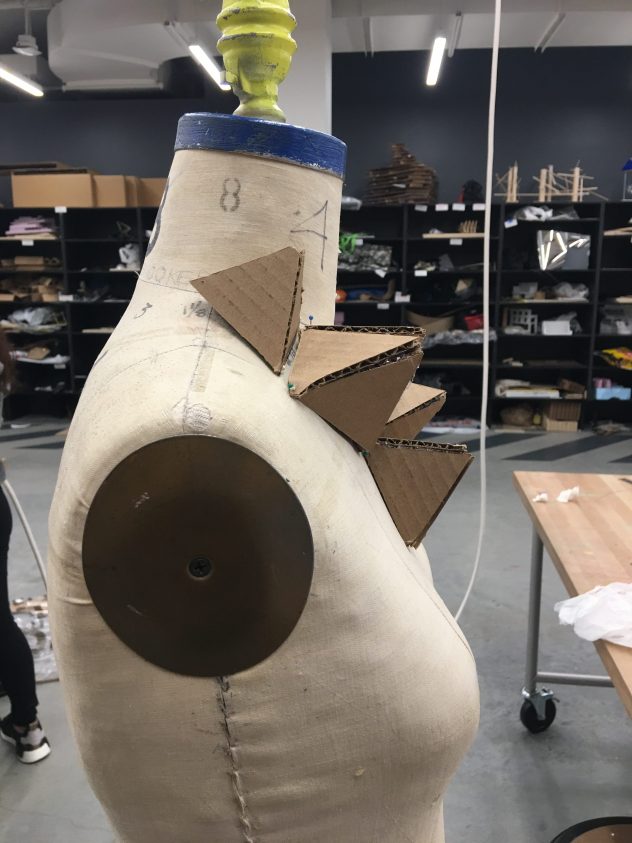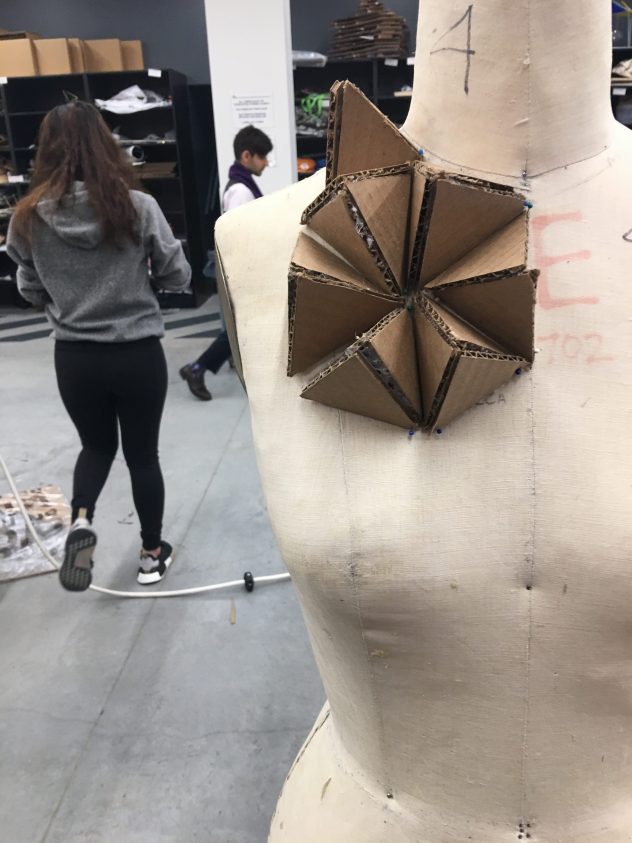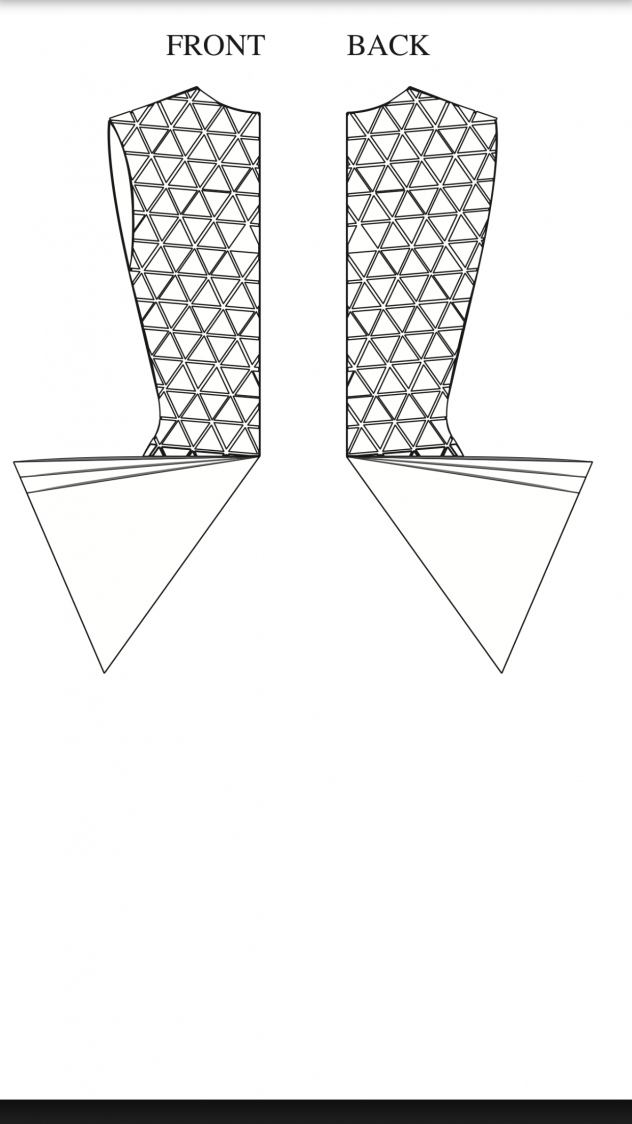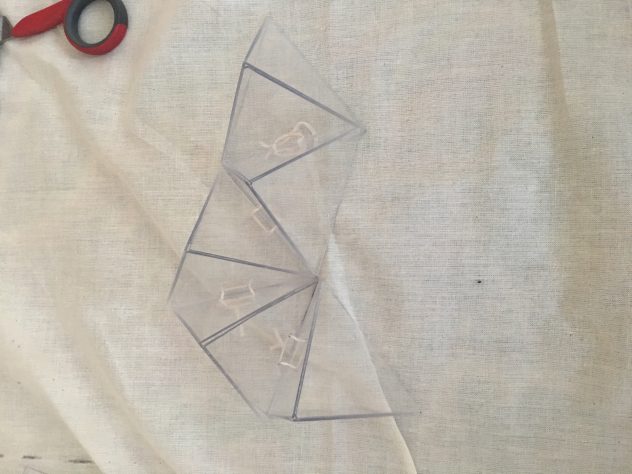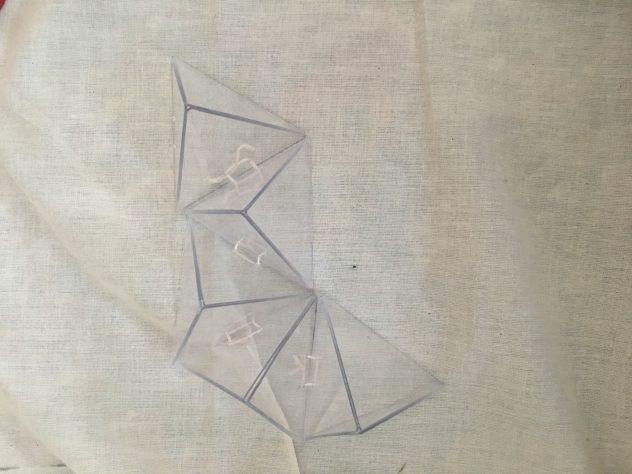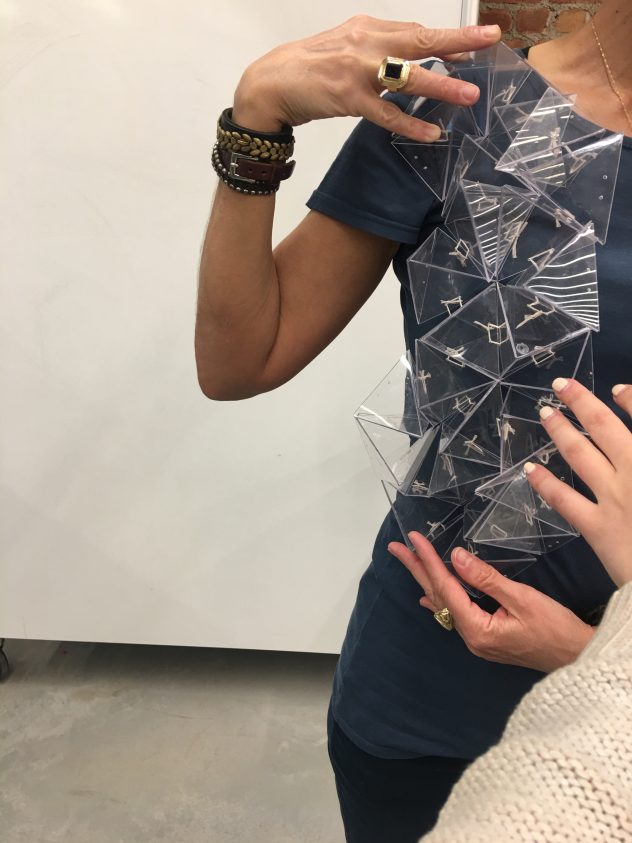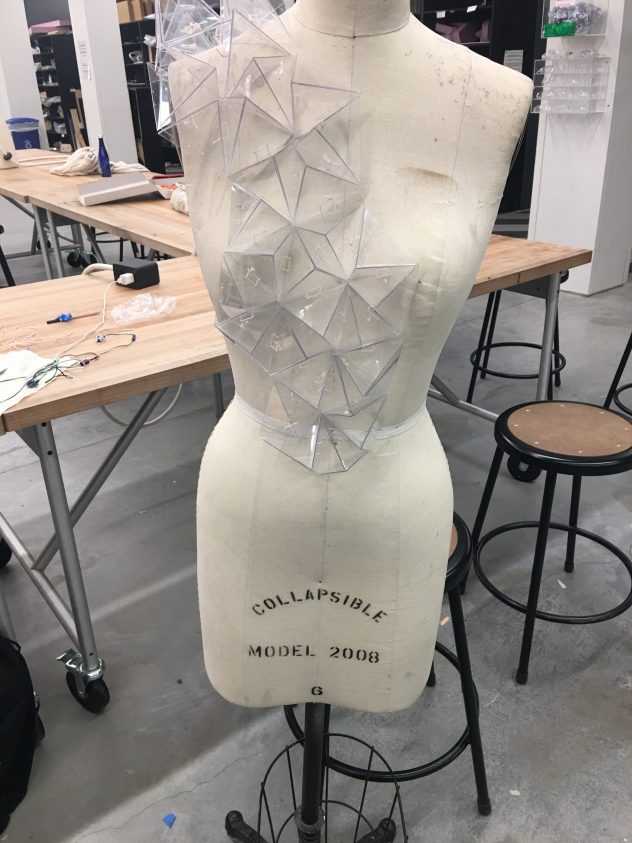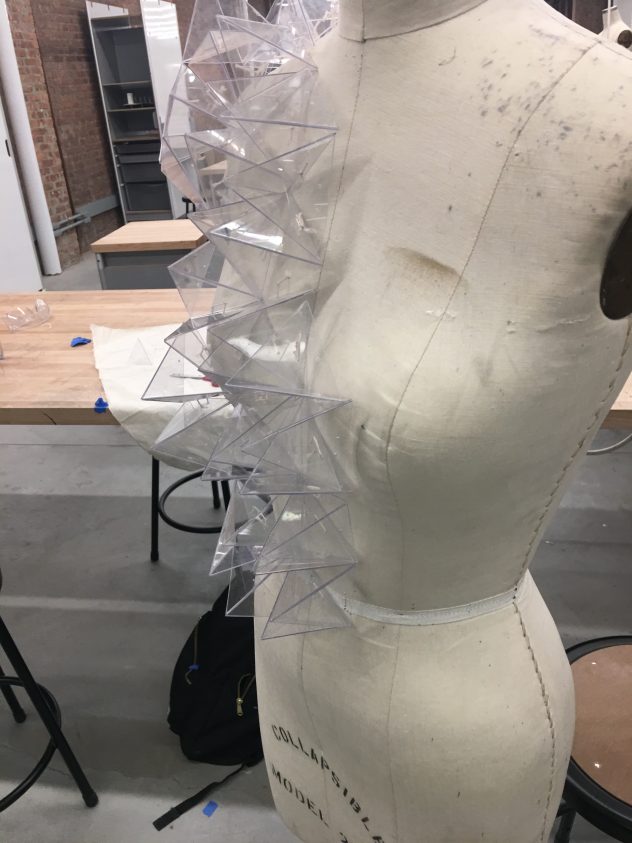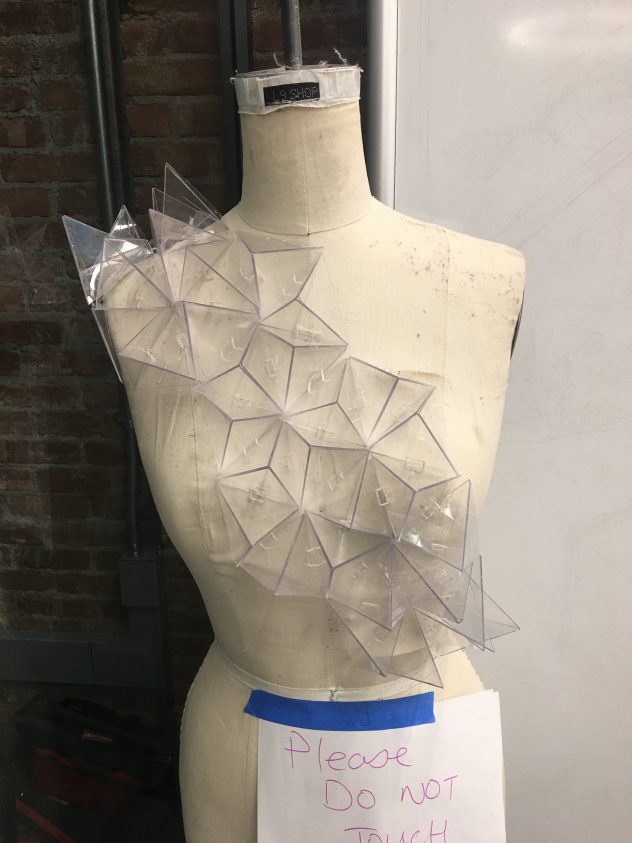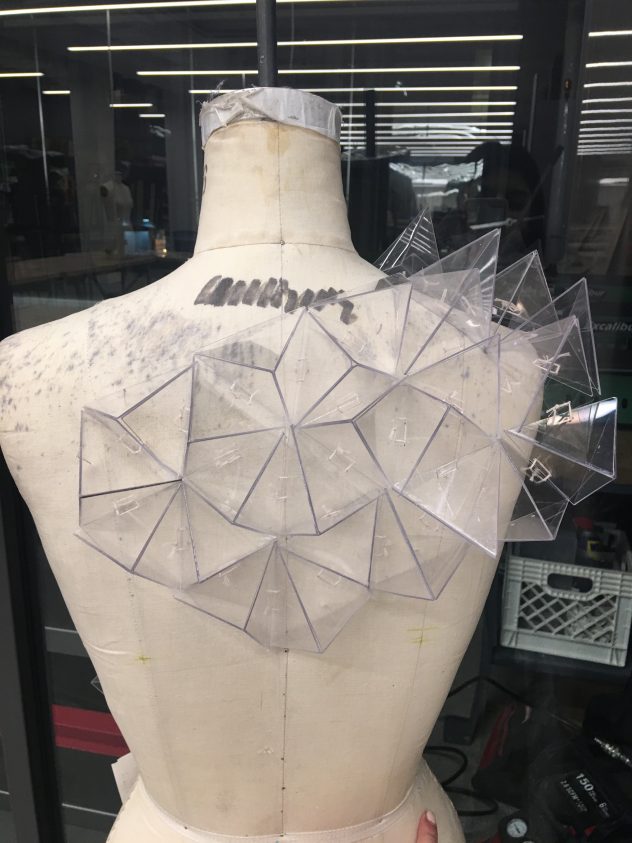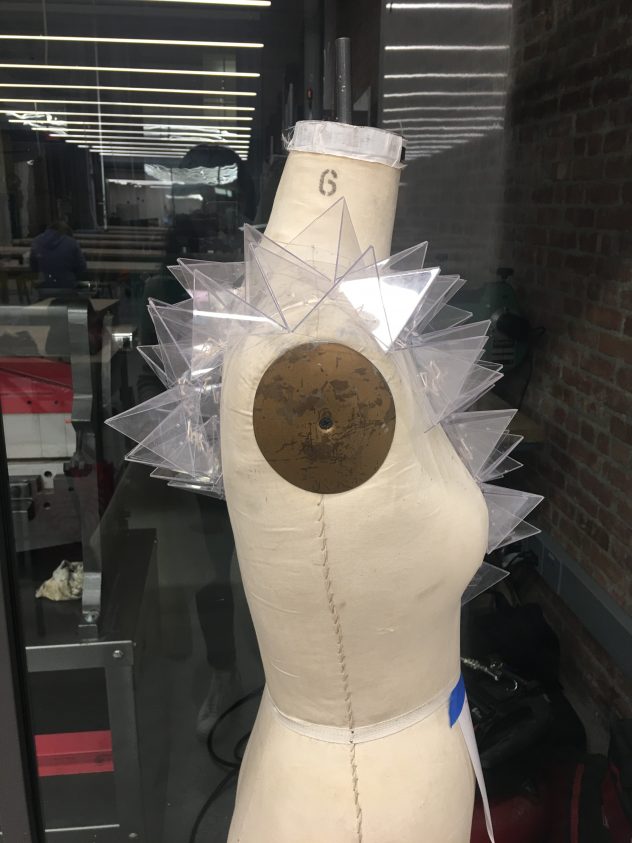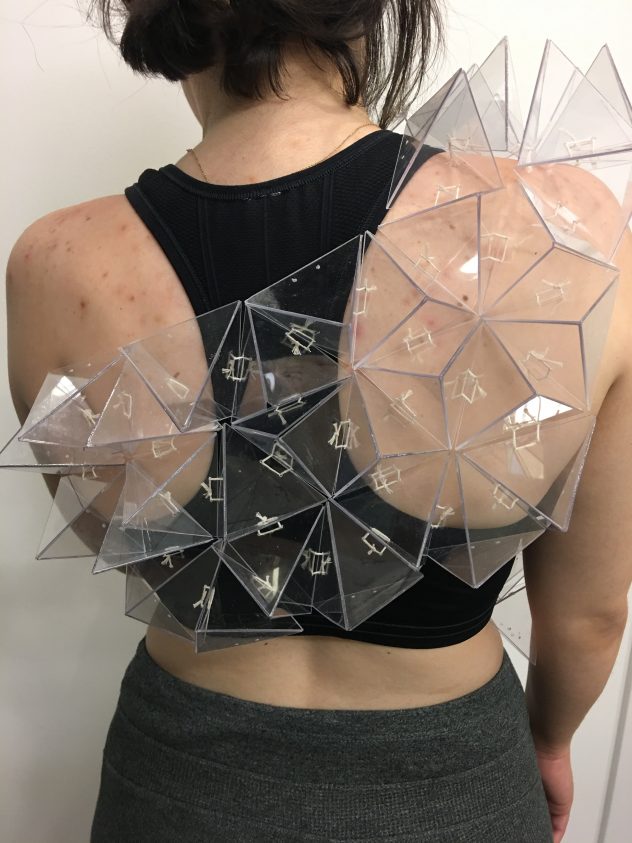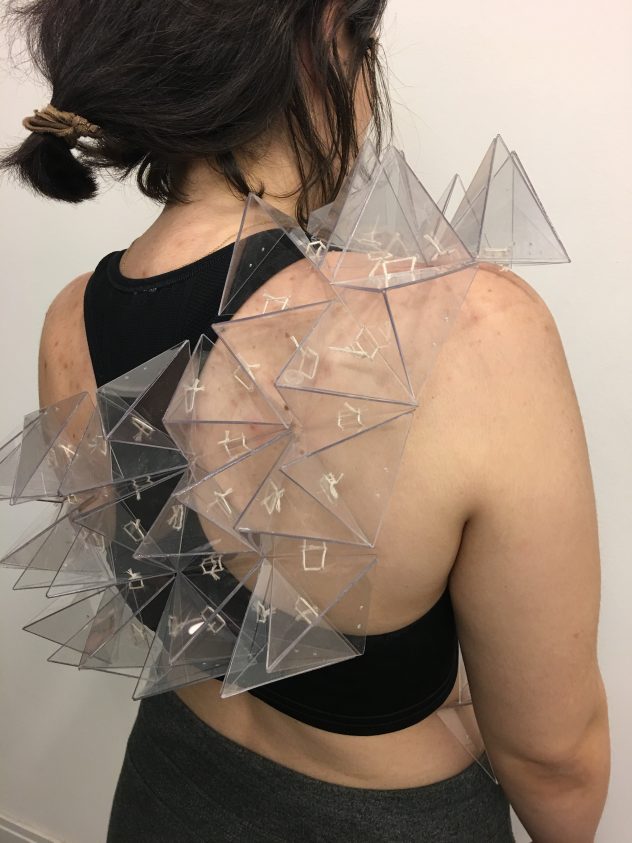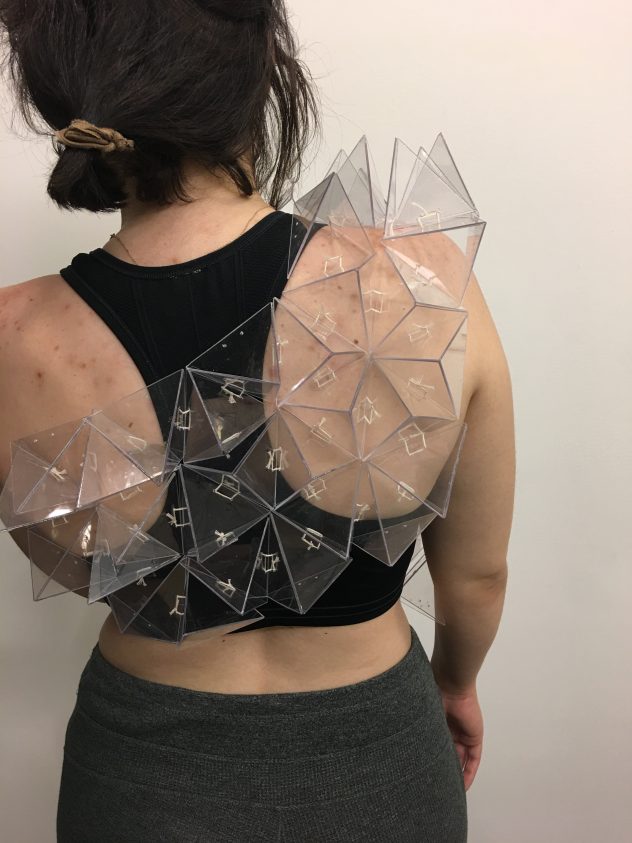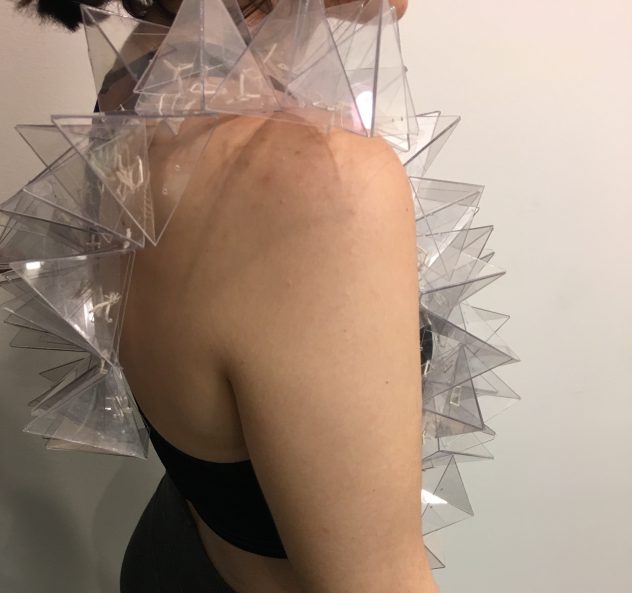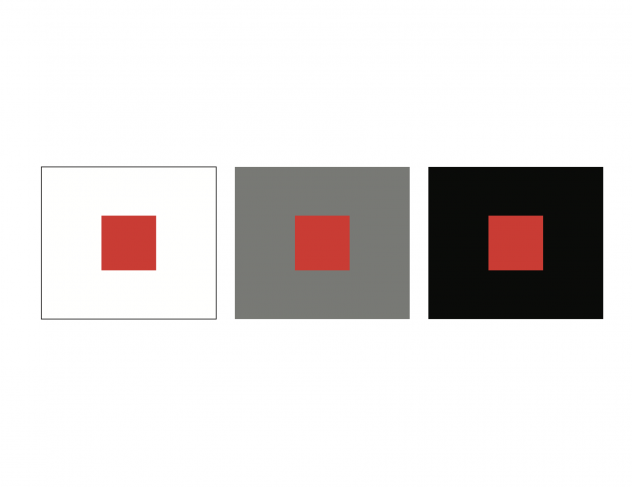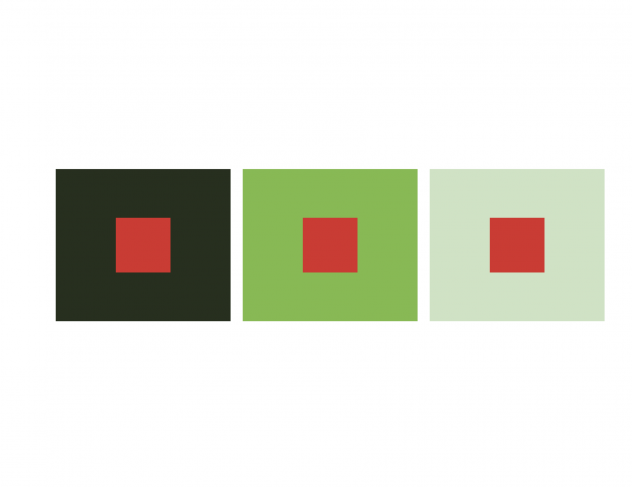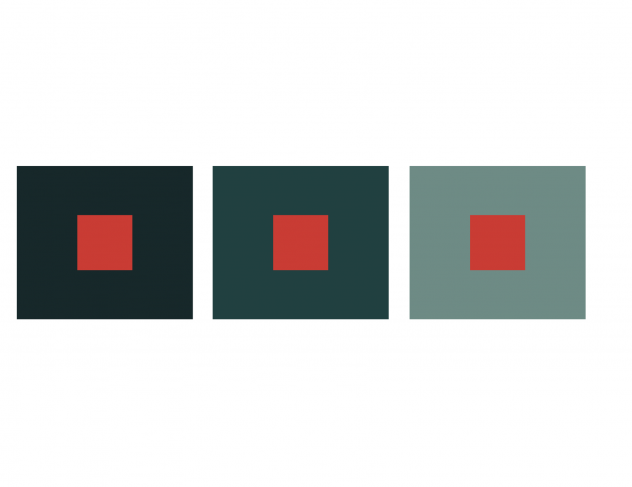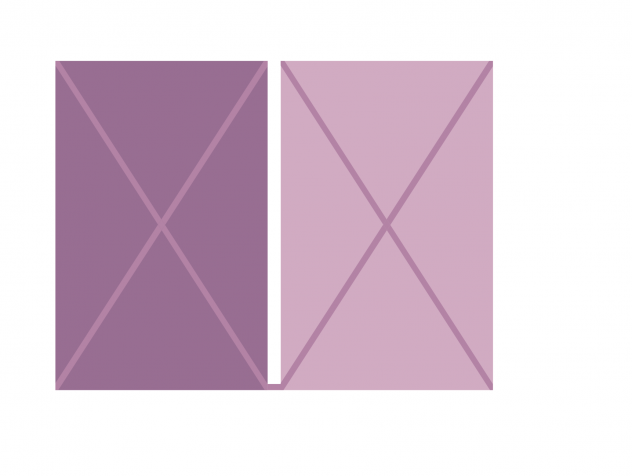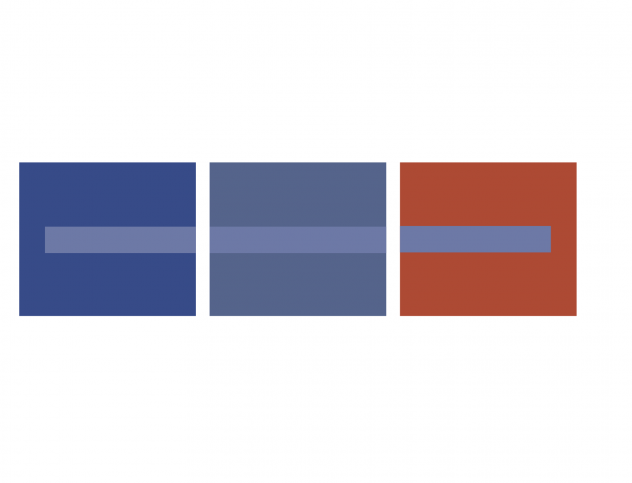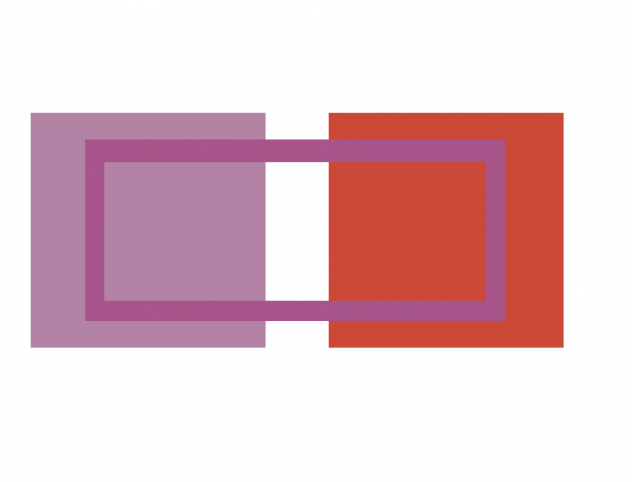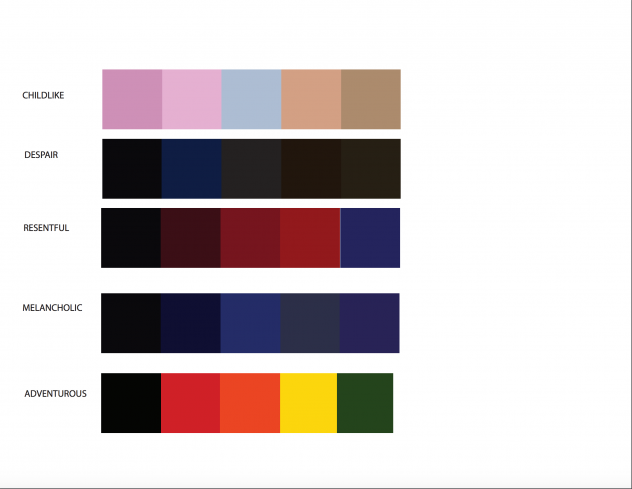CRADLE TO CRADLE DESIGN
This Ted Talk revolved a lot around the question “what is our intention as species?” William McDonough makes an incredible point on community and trust. He expresses that we can’t exchange value for a very long time if we don’t trust each other. That made me think about how as consumers we blindly trust companies from our childrens toys to the blanket we use to go to bed, but if we take a moment to read the tags we would realize the hazardous aspects of these products. And when we try replace it with something else we don’t realize (or we do but we keep it hidden) that we’re taking the attention off of the new materials by saying that we’re “no long using paper” for example but the consumer doesn’t realize that the new material is still a destroying factor. I think the idea of creating something for which designers can analyze their products for human and ecological healing is incredible. It’s also important that they created a protocol so companies can send it to their suppliers since most of their products go straight from supplier to consumer. It’s an amazing way to make sure products are safe for our children and ourselves.
THE ROUE TO A SUSTAINABLE FUTURE
Alex Steffen discussed how 1/3 of our planet is made up of kids, which to me means two things. The first is if we don’t take care of our planet it may not affect us but it will most definitely have an effect on our children and what kind of world and environment do we want our children to grow up in is something we don’t think about as much as we should. The second is if 1/3 of our planet is made up of kids then we should be educating the younger generation on how to help save our planet because in the end they are the ones who it will effect the most. I also agreed with what he said about cellphones. The fact that a majority of people in developing cities own a cellphone means that what is true for cellphones is true for all technologies and new tools are equally able to make their way into the developing world.
GROW YOUR OWN CLOTHES
What I am still amazed about after learning about this at the Material ConneXion is the way you can use kombucha to make your own fabric. It is one of the most unique and ecological ways to create clothes especially in the fashion world where most of the materials used are parts of animals. But there are many ways in which we can improve this. This idea of creating leather or fabric out of bacteria is very well thought out and manageable. Of course it needs more work and thought since it fragile and it can’t withstand the rain but if this were to develop further it would truly be revolutionary. It could also be useful in developing countries in order to make clothes in a sustainable and efficient way. It’s also an amazing material that can be used to make indoor products.



